- No categories
-
- My Account Subscribe Now | Sign In Log Out
- New York, July 20, 2025

Retailers often lose sight of their customers’ offline behavior once they exit their doors. This is important, because if they maintained that line of sight, they would be in a position to understand who they are truly competing against.
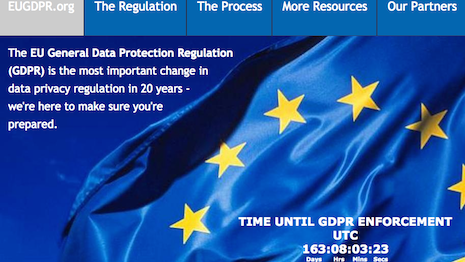
What effect will the rollout next year of the European Union’s General Data Protection Regulation (GDPR) have on a business that relies on strictly targeted marketing?
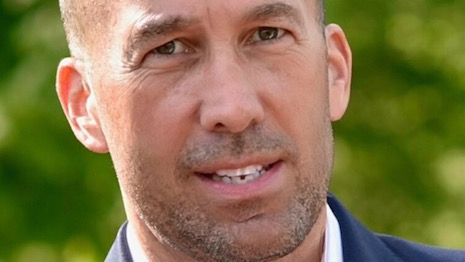
Has Facebook really adapted in a way that makes the environment more hospitable to the luxury set?
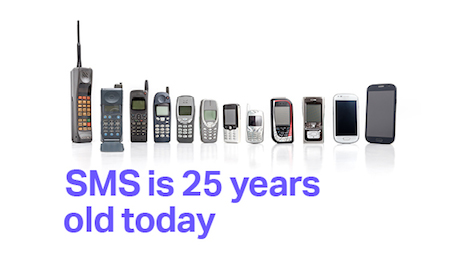
With the rise of instant messaging services such as WhatsApp, iMessage and Facebook Messenger, many industry experts have questioned the longevity of SMS.

Around the world, a slew of iconic luxury and household brand names have stepped forward to transform and reinvent their marketing leadership. This significant shift in strategy portends a new approach to luxury marketing in 2018 — an approach that prioritizes long-term growth and brand vision over short-term sales.

In a prior column, we discussed Forever 21’s lawsuit against Gucci, seeking to cancel Gucci’s registrations for its Blue-Red-Blue and Green-Red-Green striped marks, and for a declaration that its clothing and accessory products that incorporate similar striping are not infringing.

This year continues to see great change to retailers regardless of where they are or what they are selling.
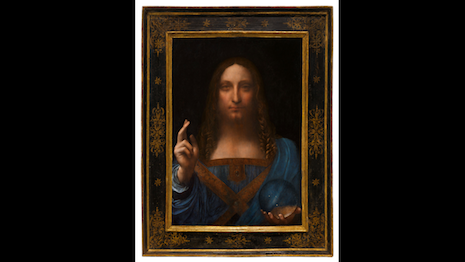
The vertiginous heights of the art market are not that surprising anymore. They testify to the growing independence of the high end of the market from the other parts, and from the dictums and constraints of professional expertise.
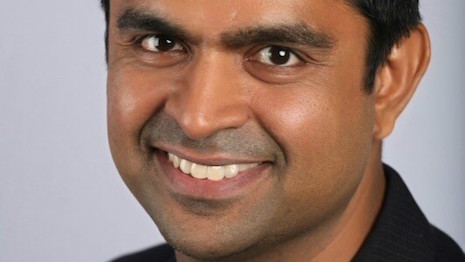
Following this year’s string of breaches and malware attacks, methods such as passwords, pins and fixed physical characteristics such as fingerprints are not enough to secure consumer information.

The sad reality is that we have allowed and even been conditioned as consumers to believe that good is good enough. This encroachment on our lives is a dangerous path that could eventually eliminate the need for, and respect of, artisans. The truth, good is not great.

According to Bain & Co., worldwide luxury sales online and in-store declined in 2016, due in large part to widespread physical store closures. However, online sales are on a positive trajectory, showing a double-digit increase from 2015 to 2016.

What if you planned your meeting from the customer’s point of view?

Despite the obvious benefits, selling direct to consumer can be tricky — even for large brands with name recognition.

LGBTQ consumers spend more than $5 trillion globally, with the United States alone accounting for $965 billion in 2016, according to LGBT Capital.

Over the past week-and-a-half, I have received promotions and offers – often, repeatedly – from hotels, restaurants, stores, catalogs, any brand I have bought something from in the past and even some I had not. It has left me feeling irritated and over-served. This is not the direction that marketing is supposed to be heading.

As the scope and prioritization of the knockoff problem varies, so too will the company’s enforcement plan.

Influencer marketing is currently a $1 billion industry on Instagram alone – brands tapping into influencers for content on Instagram – and overall projected to grow to $5 billion to $10 billion by 2020.

For Mainland Chinese consumers, it really is what shopping is all about – they want to be taken on a journey, told a story. An impressive array of stores is no longer enough.

Luxury consumers are still looking for craftsmanship, functionality and design. But, more than ever before, they are also looking for a shared experience with their favorite brands.

Forget about page layout and load times. There are more human ways to enhance ecommerce.

The last decade showed the long-lasting effect that over-reliance on promotions can have on brands.